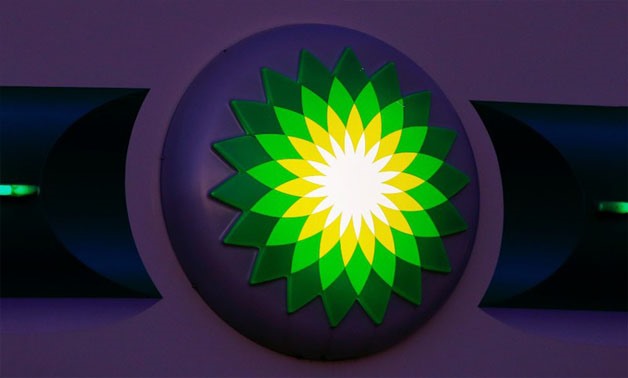
The logo of BP is seen at a petrol station in Kloten, Switzerland October 3, 2017. REUTERS/Arnd Wiegmann
LONDON - 1 May 2018: BP reported a 71 percent jump in first-quarter profit on Tuesday driven by higher oil and gas prices and increased production as it undergoes rapid growth.
At the same time, the London-based company saw its debt pile rise following $1.6 billion in payments to settle remaining lawsuits following the deadly 2010 Deepwater Horizon spill in the Gulf of Mexico which has cost it more than $65 billion.
A nearly 25 percent rise in oil prices over the past year has lifted revenue for oil companies as investors shift their focus to how much cash the firms can generate following years of deep cost cuts.
BP’s results follow a mixed picture from the sector with Royal Dutch Shell and Exxon Mobil falling short of forecasts while results from Chevron and France’s Total were stronger than expected.
BP reported $2.6 billion in underlying replacement cost profit, its definition of net income, exceeding the $2.2 billion forecast by analysts in a company-provided survey. That was up from $1.5 billion a year earlier and from $2.1 billion in the fourth quarter of 2017.
Operating cash flow excluding amounts relating to the Gulf of Mexico spill was $5.4 billion which was impacted by a $1.8 billion increase in working capital. Including spill costs, cash flow was $3.6 billion, up from $2.1 billion a year earlier.
BP launched 7 oil and gas fields in 2017, a record year, and was set to inaugurate 5 more projects this year including in Egypt, Azerbaijan and the UK North Sea which will help it boost production by 800,000 barrels per day (bpd) by 2020, most of it gas.
First-quarter production rose 6 percent to 3.7 million barrels per day.
“Moving through 2018, we’re determined to keep delivering our operational targets and maintaining capital discipline while growing cash flow and returns,” Chief Executive Officer Bob Dudley said in a statement.
BP last October announced plans to buy back $1.6 billion in shares per year, becoming the first European oil and gas major to resume buybacks after a three-year downturn. The move was aimed at offsetting the dilutive effect of scrip dividends, where shareholders can opt to receive dividends via cash or shares.
In the first quarter it bought back 18 million shares worth $120 million.
BP’s gearing, the ratio between debt and BP’s market value, stood at 28.1 percent at the end of the quarter, up from 27.4 percent at the end of 2017.
Net debt at the end of March stood at $40 billion, up from$37.8 billion at the end of 2017.
The results were impacted by a $1.6 billion pre-tax payment for the settlement of the Deepwater Horizon spill. BP is expected to pay $3 billion in 2018.

Comments
Leave a Comment